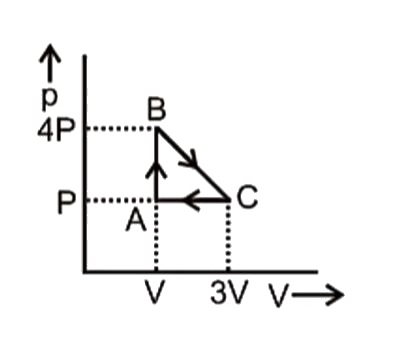The following diagram represents the (p-V) changes of gas. Thus, total work done is:
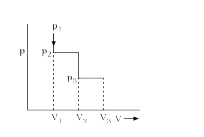
P2(V2−V1)+P3(V3−V2)
P1(V2−V1)+P3(V3−V2)
P2(V3−V1)+P3(V2−V1)
P2(V3−V2)+P3(V2−V1)
The correct Answer is:A
|w|=P2(V2−V1)+P3(V3−V2)
Similar Questions
Knowledge Check
- Question 1 - Select One
Which of the following P-V diagram represent the graph of isometric process?
A B
B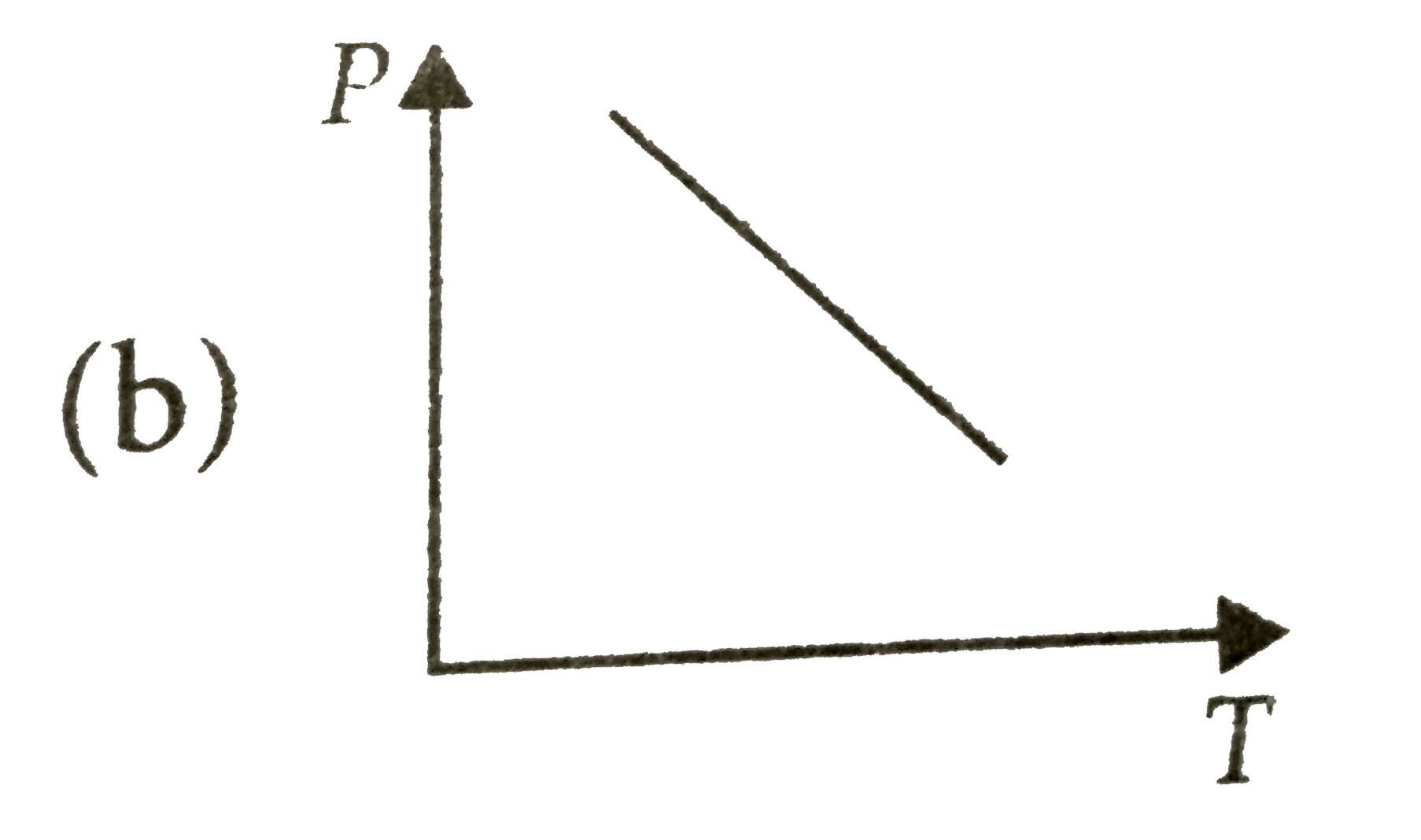 C
C D
D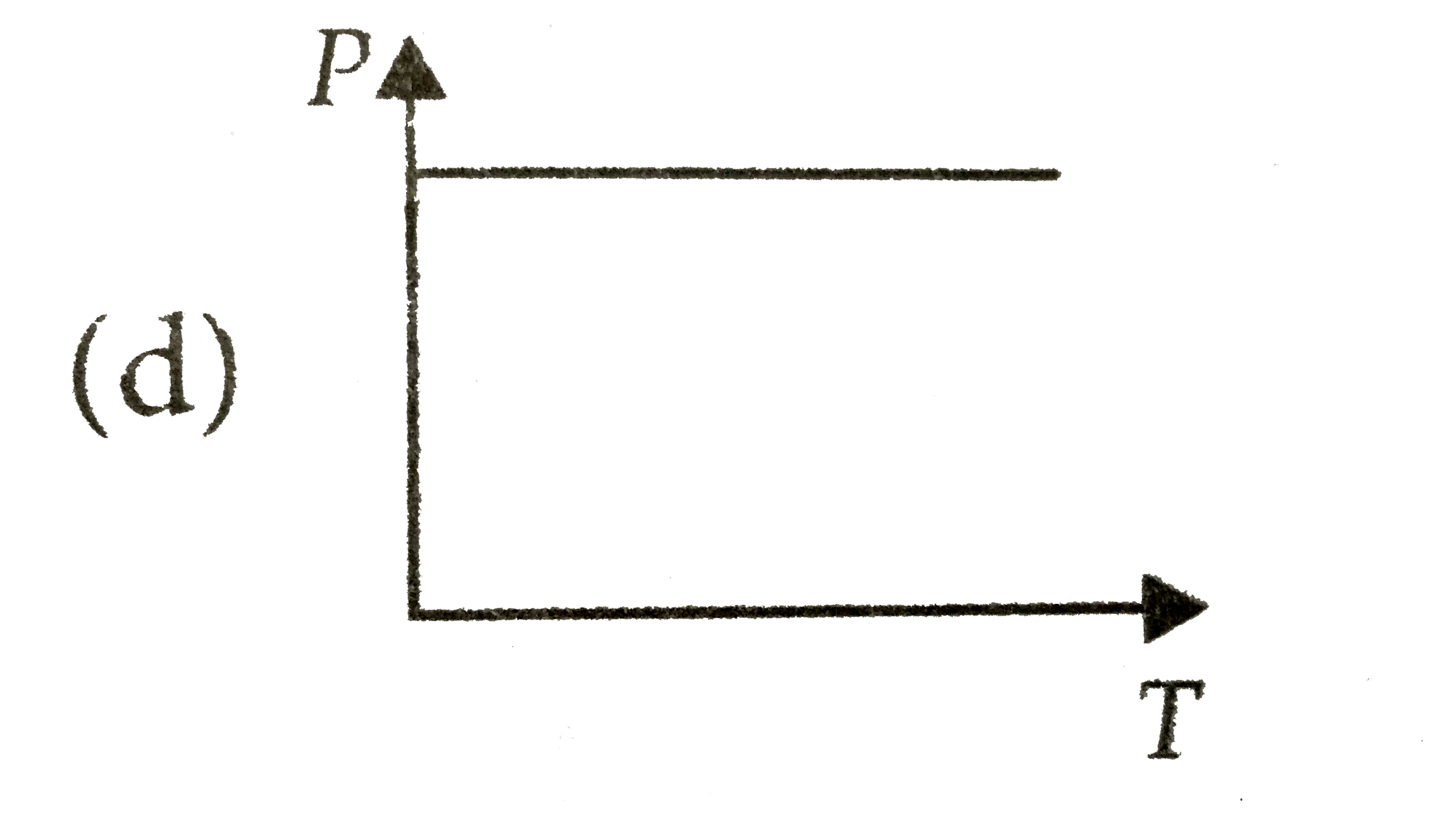
- Question 2 - Select One
Which of the following P−V diagrams best represents an isothermal process?
A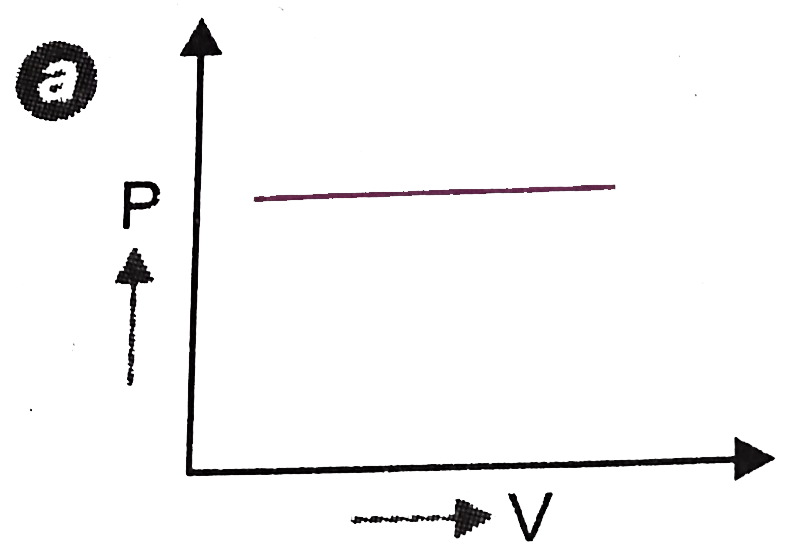 B
B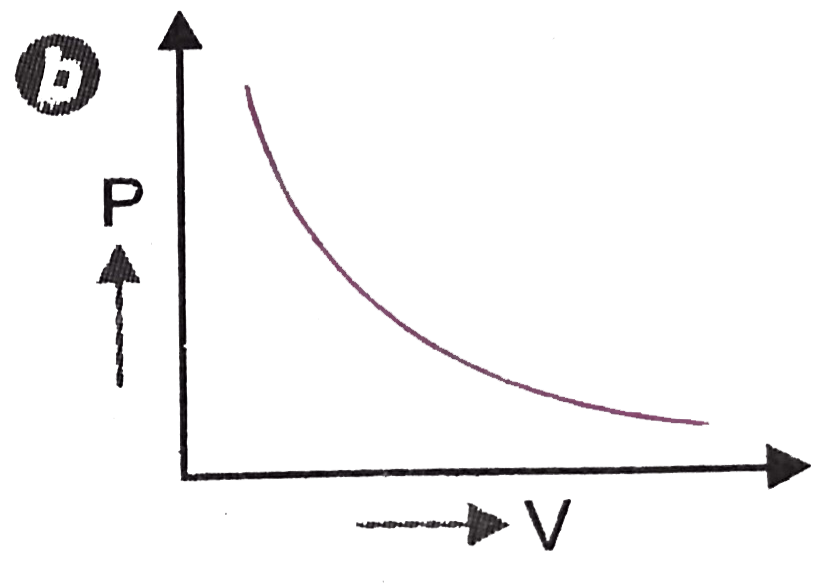 C
C D
D
- Question 3 - Select One
Which of the following p-V diagrams best represents an isothermal process ?
A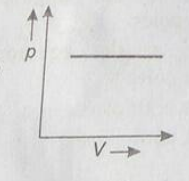 B
B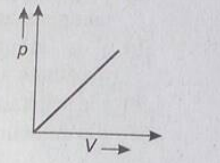 C
C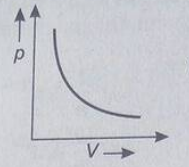 D
D
A cyclic process is shown on a P-V diagram. The working fluid is an idal and corresponding thermodynamic co-ordinates are given. Here, P and V scales are so chosen that these cycles on P-V diagram appear to be circular.
Analyse these cycles on P-V diagram and answer the following questions about these proesses.
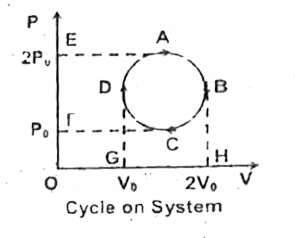
Analyse these cycles on P-V diagram and answer the following questions about hte processes.
What is the net work done in the given processView SolutionA cyclic process is shown on a P-V diagram. The working fluid is an idal and corresponding thermodynamic co-ordinates are given. Here, P and V scales are so chosen that these cycles on P-V diagram appear to be circular.
Analyse these cycles on P-V diagram and answer the following questions about these proesses.
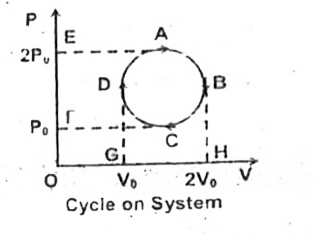
Analyse these cycles on P-V diagram and answer the following questions about hte processes.
What is the work done during expansion in the given process?View SolutionAn ideal gas expands isothermally from volume V1 to V2 and is then compressed to original volume V1 adiabatically. Initialy pressure is P1 and final pressure is P3. The total work done is W. Then
View SolutionThe indicator diagrams representing minimum and maximum amounts of work done are respectively
 View Solution
View SolutionAn ideal gas is taken around the cycle ABCA as shown in the P-V diagram.
The total work done by the gas during the cycle is
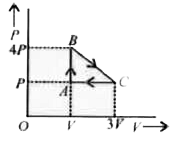 View Solution
View Solution


